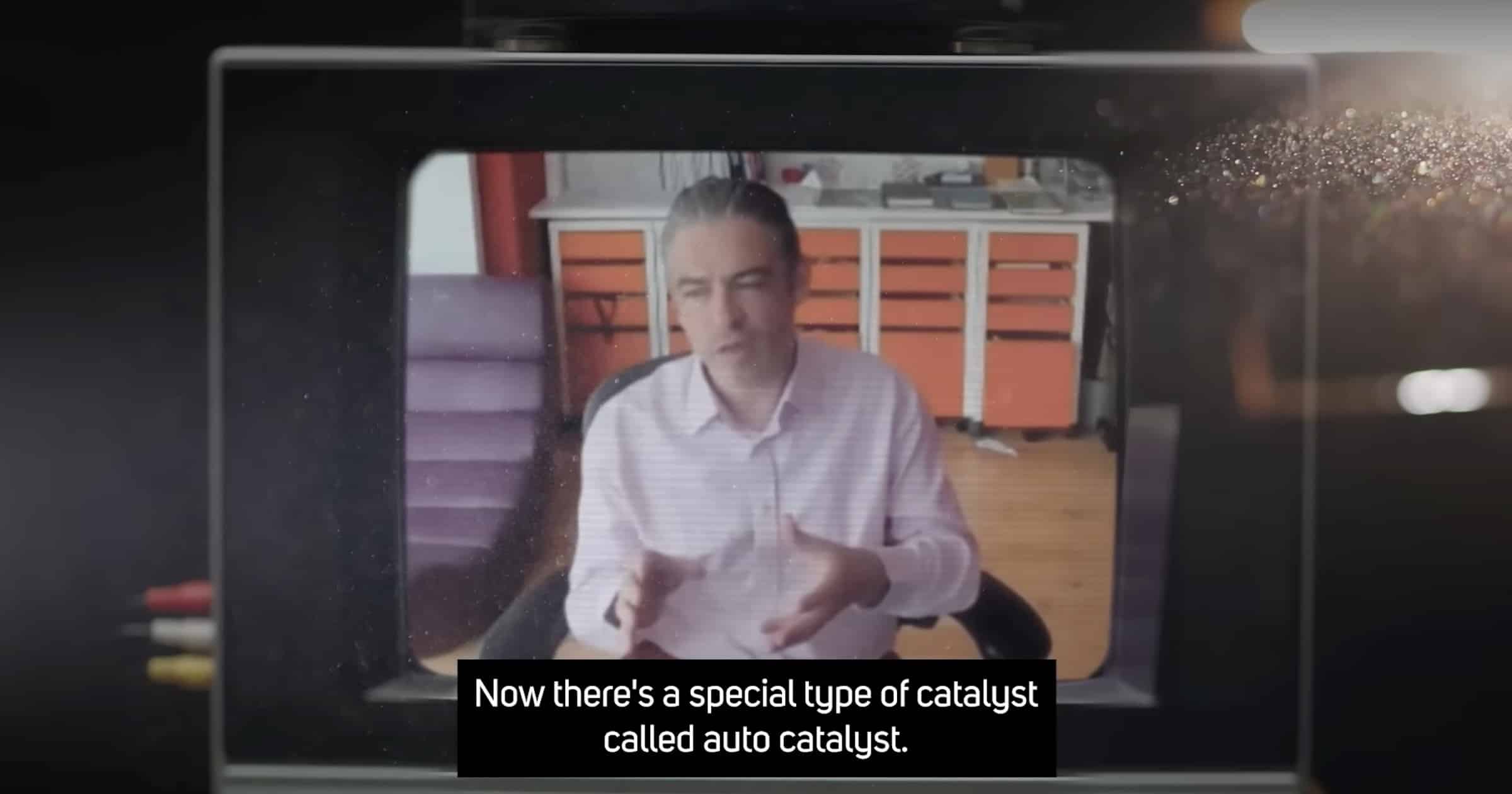 Evolution
Evolution
 Intelligent Design
Intelligent Design
On the Origin of Life, James Tour Exposes the Irrelevance of Lee Cronin’s Research

In my last article, I summarized the second season of Rice University synthetic chemist James Tour’s video series on the origin of life. Here, I will expand on Tour’s response to his fellow synthetic chemist Lee Cronin where he details Cronin’s consistent exaggeration of the progress he and other researchers have made in unraveling the mystery of life’s origin. See Parts 1 through 3 below:
Autocatalytic Hype
A common theme in theories of life’s origin centers on what are called autocatalytic sets of reactions, where the product of one reaction catalyzes (i.e., accelerates) another reaction whose product catalyzes another reaction in an interconnected reaction network. Theorists hope that such reaction sets could have evolved into an early metabolism in a primitive cell. In his interview, Cronin described his research on a set of autocatalytic molybdenum-based atomic clusters and suggested that it provides evidence that comparable chemistry on the early earth could have evolved toward an autonomous cell. Tour described the set of reactions in his experiment as “a bunch of nonsense” since they do not resemble anything that could have occurred on the ancient earth.
Cronin’s autocatalytic network can only exist in a carefully controlled laboratory setting, and the reactions have no similarity to cellular metabolism or any life-relevant process. In general, organic autocatalytic networks require careful engineering to initiate and persist, and origin theories based on autocatalytic networks face insurmountable hurdles such as side-reactions that would crash the system.
Where’s Ribose?
In the next interview clip, Cronin claimed that in another experiment he was able to “steer” the chemistry required to produce ribose, the sugar in nucleotides, to reduce extraneous molecules. Tour highlighted in Cronin’s published article how he only thought he reduced the number of extraneous molecules because he solely examined the products that did not precipitate out of solution. Even the solution that Cronin studied contained a vast number of contaminant molecules, many of which were composed of the same atoms as ribose but in different configurations.
The product of the experiment could not assist the origin of life since the ribose was in such small concentrations, and it could never be separated from the other molecules by any natural process. The ribose molecules would rarely, if ever, combine with the other required molecules to form nucleotides (i.e., nucleobase and phosphate). Any nucleotides that did form would be in such miniscule concentrations that they could never link into an RNA chain sufficiently long to benefit a developing cell, and even if RNAs formed they would quickly break apart (here, here).
Turning Up the Heat
Cronin also described his experiment linking amino acids into chains, and then asserted that he demonstrated the plausibility of amino acids linking into proteins on the early earth. Tour showed that Cronin again grossly overstated his accomplishment. His experiment started with homochiral amino acids in purities and concentrations that could not have occurred on the early earth. In addition, he had to heat the amino acids at 130°C (266°F) for 15 hours just to link them into small chains. Yet, such high temperatures quickly decompose most of life’s building blocks (here, here), so any other progress toward life would be lost. Equally problematic, the generated chains contained so many incorrect bonds and were so small that they were biologically useless.
Tour sent Cronin’s paper to a peptide chemist to confirm his conclusion about the irrelevance of Cronin’s experiment to explaining how amino acids could have formed into proteins in a prebiotic setting. His friend responded that the experiment is “interesting chemistry, but not practical for anything.” Cronin’s lauding of his own research was pure hype.
Oily Protocells
In a final display of bravado, Cronin claimed that he demonstrated in another experiment the formation of protocells and replication. Here are his exact words:
The one thing here is we were able to show that we can combine catalysis with molecules that would make a material that was cell-like and that would drive the replication of the cell … So what we showed is that you have this process where you naturally make daughter cells with no information, you know, no DNA required, no genetics required, no complicated machinery so that we could get replication before genes.
Tour highlighted the complete absurdity of comparing oil droplets to actual cells, or even cell membranes, and equating the division of oil droplets with cellular replication. Tour also detailed the enormous investigator control over the experimental conditions and highly complex chemical protocols required to form the oil droplets and drive the division. Not only is the experiment irrelevant of life’s origin, but the chemistry could never occur without advanced laboratory equipment and highly trained chemists. Tour proposed that Cronin’s consistent misrepresentation of the relevance of his research to the origin of life is a consequence of his knowing nothing about organic chemistry, a deficiency Cronin acknowledged.
